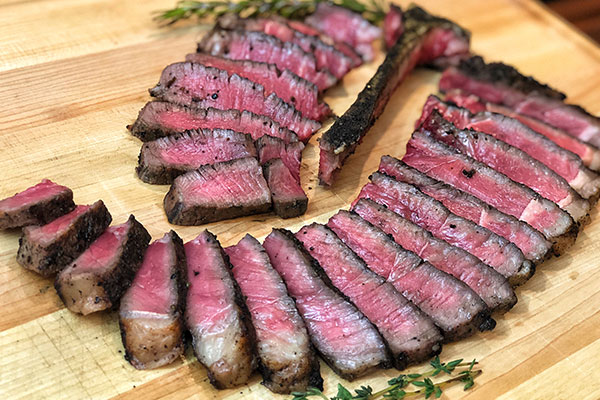I’m sure you’ve heard about these two iconic cuts of meat. But what exactly is the difference between tbone and porterhouse steak? Read on to learn how to tell these two steaks apart, and to figure out which might be right for your next grill session.
At first glance, the difference between porterhouse and tbone might look subtle, if even noticeable. They look about the same; but there are definitely a few key differences.
Depending on your personal tastes, those nuances can be the difference in selecting a good steak or a great steak. Both the T-Bone and the Porterhouse are cut from the same section of a steer known as the short loin.
Each cut has the highly recognizable T-shaped bone with the NY strip on one side of the bone and tenderloin or “filet” on the other. However, the size of that filet determines the classification of these two cuts.
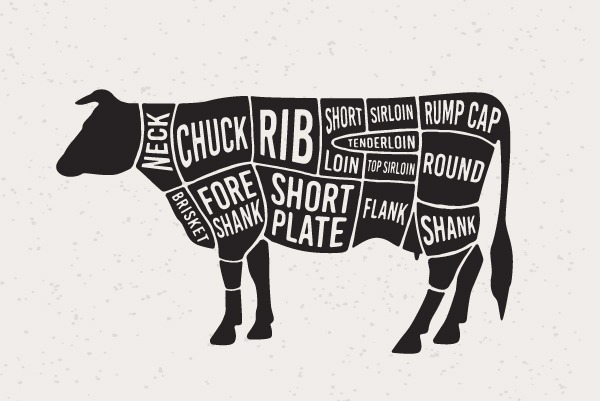
How To Tell The Difference Between a Porterhouse and Tbone
In order to be considered a porterhouse, the USDA assigns requirements. The filet portion of the steak must be (at minimum) 1 1/4″ wide at its widest point. In contrast, the filet portion of the T-Bone is only required to be 1/2” wide at its widest point.
Because of this, it’s sometimes said that all porterhouses are T-Bones, but not all T-Bones are porterhouses. While true, the steaks are cut from different sections of the short loin—making each appeal to a different audience.
The porterhouse comes from the side of the short loin closest to the back of the steer. This section of the short loin is commonly referred to as the nerve end.
As a result, the NY strip portion of the porterhouse has some intramuscular grizzle running through it. Note the grizzle or “nerve” in the strip steak on the right below. This was taken from the nerve end.
The steak on the left was taken from the opposite end of the loin, called the chuck end. It doesn’t have the nerve running through it.
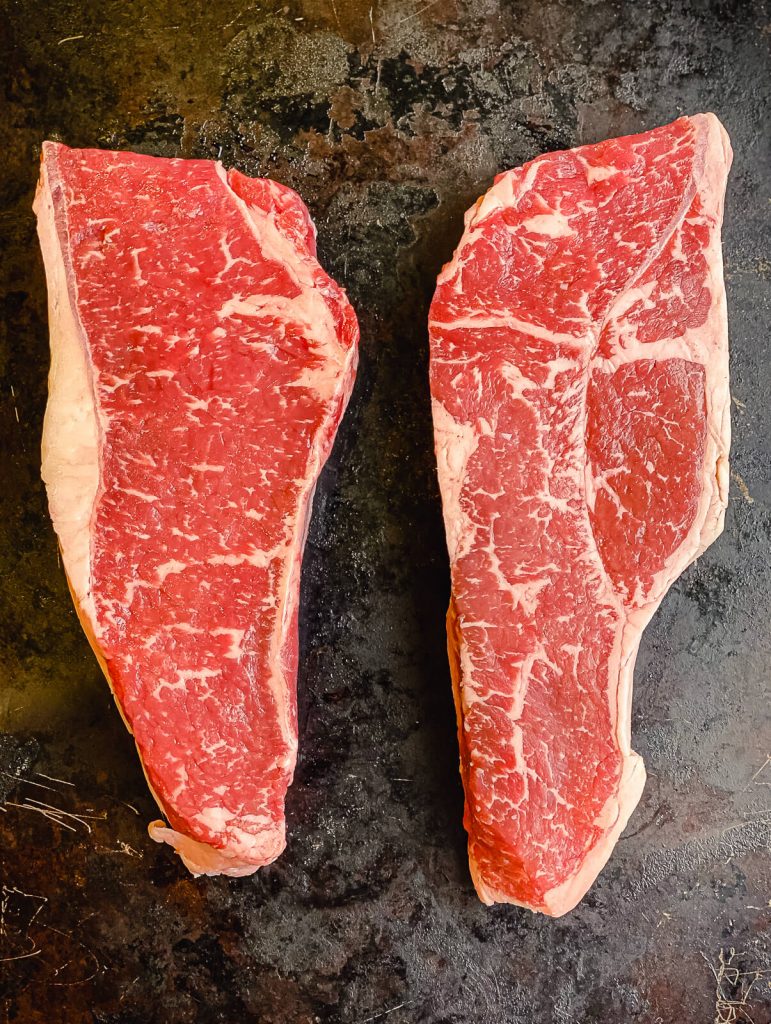
So, the advantage of the porterhouse is the filet. The tenderloin portion on a porterhouse is taken from the center cut of the loin, so the size of the filet substantial.
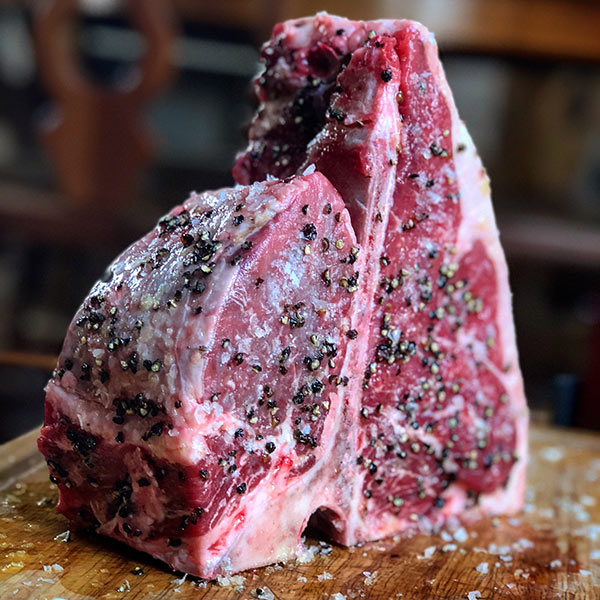
The T-Bone, on the other hand, is cut from the side closest to the front of the steer which offers the center cut of the NY strip—void of any intramuscular grizzle. However, because the tenderloin tapers on that side of the short loin, the filet will be smaller.
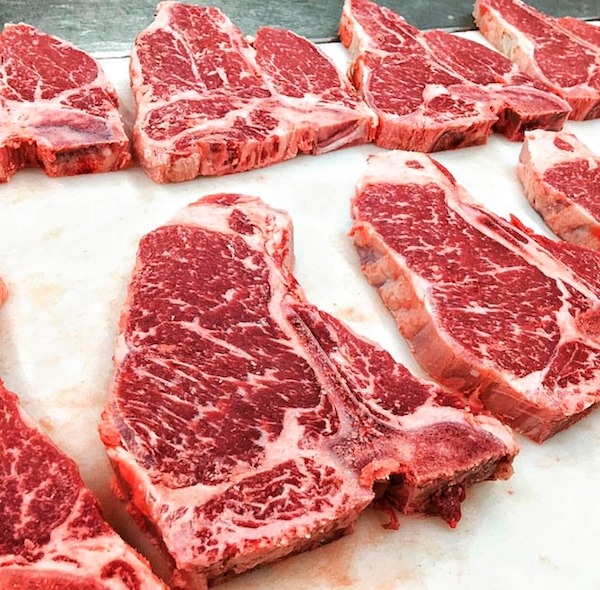
PRO TIP: When doing a reverse sear on a T-Bone or porterhouse, keep the filet side furthest from the heat source. Because the two cuts of meat contain different amounts of fat, they cook differently. The filet will cook much faster than the strip so subjecting them to equal heat will result in a filet that is dry and overcooked.
Now that you know the difference, which cut should you choose? When I asked my good friend Carlo Crocetti, a fourth-generation butcher and owner of Crocetti’s Butcher Shop in East Bridgewater, MA he explained, “I can tell you it really doesn’t matter to me because at the end of the day, it’s not Brussel sprouts.”
Comedy aside, the choice really comes down to whether you have slight preference for the NY strip or the filet. If you really love filet, I say go for the porterhouse; but if a center cut well marbled NY strip is calling your name, a nice T-Bone is sure to satisfy.
Once you’ve chosen your cut, learn how to grill a T-bone or Porterhouse steak.


